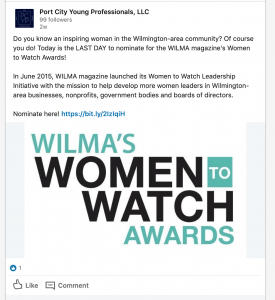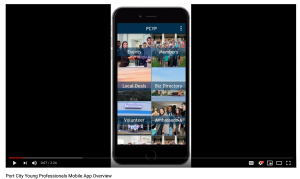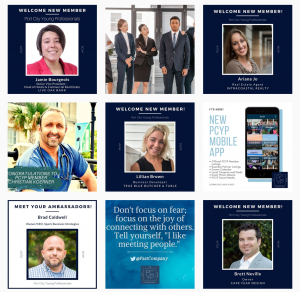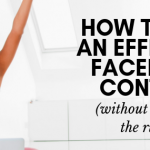Which Social Media Platforms Should Your Business Be On?
Are you just starting your company’s venture onto social media platforms? Or perhaps you’ve been running on all cylinders but are not seeing ROI on your time investment? Here is a high-level overview of the major social media platforms and how businesses can best utilize them.
Which Social Media Platforms Should Your Business Be On?
Facebook demographics
 Researched performed by the Pew Research Center in 2018 found that Facebook is most popular among Millennials in the United States. Thirty-five percent of Facebook’s ad audience is under 35 years old, and a full 30 percent of its ad audience is aged 25 through 34.
Researched performed by the Pew Research Center in 2018 found that Facebook is most popular among Millennials in the United States. Thirty-five percent of Facebook’s ad audience is under 35 years old, and a full 30 percent of its ad audience is aged 25 through 34.
But where does business usage lie? According to HubSpot, “98 percent of the B2C businesses surveyed in Hootsuite’s 2018 Global Barometer Report use Facebook, while 89 percent of the B2B companies do.”
Best types of content to share on Facebook
Facebook is good for sharing live and uploaded videos, photos, curated content related to your industry and blog posts.
Facebook tips
- Repurpose your most popular posts
- Tag people, businesses and locations
- Use emojis for attention
- Encourage engagement on your posts
Instagram demographics
Instagram tends to skew younger – according to Oberlo.com, 71% of users are under the age of 35; in addition, 71% of U.S. businesses are on Instagram.
Best types of content to share on Instagram
Instagram thrives on sharing high-res photos & videos and stylized quotes or “image macros”. There is also a lot of room for follower interaction via Instagram Stories, Highlights and Instagram TV.
(Tip: want to learn how to make branded Instagram Highlight covers? Check out our blog post.)
Instagram tips
- Seek out the best quotes which support your brand mission
- Create image macros that match your brand
- Use your own images as much as possible
- Use the Repost app to repurpose content
LinkedIn demographics
LinkedIn is best for reaching people on a professional level. According to Hootsuite, 154 million American workers have LinkedIn profiles, 61 million users are senior level influencers, and 40 million are in decision-making positions.
 Best types of content to share on LinkedIn
Best types of content to share on LinkedIn
Since the platform is known for connecting professionals and assisting with recruiting and job search, it’s best to stick to sharing industry news, company announcements and blog posts or other content that show thought leadership.
LinkedIn tips
- Keep a pleasant/professional demeanor
- Concise — present information in a clear manner with links to other articles
- Consider utilizing InMail, which boasts a 300 percent higher response rate than email
- Engagement — join groups, create content, interact with other members, participate on the newsfeed
Twitter demographics
Omnicore Agency reports that 37% of Twitter users are between the ages of 18 and 29, and 24% of U.S. adults use Twitter.
 Best types of content to share on Twitter
Best types of content to share on Twitter
Twitter is designed to share news, articles, blogs, images and gifs. It’s also a place to have conversations, which sets it apart a bit from the other platforms. If you find that a good portion of your consumers/target audience are on Twitter, it is a great platform to connect with them personally. Be sure to monitor brand hashtags and have a plan for responding to all tweets about your businesses – good and bad.
Twitter tips
- Quick & punchy 280 word tweets (used to be 140)
- Use relevant hashtags (do your research first, and stick to 1-2 per tweet)
- Keep a friendly & personable tone
- Use media & engage — images, videos, gifs & links
YouTube
YouTube demographics
According to HubSpot, over 90% of 18-44 year old and over 80% of 45-64 year old American internet users watch videos on YouTube.
 Best types of content to share on YouTube
Best types of content to share on YouTube
YouTube is all about…videos! There are so many ways you can utilize video in your business. People love to see behind-the-scenes, tutorials and interviews. You could also create a repeating “show.”
YouTube tips
- Need to post regularly
- Include calls to action
- Customize your channel with your brand
- Put thought into your titles and tags
Remember to set goals and KPIs!
Don’t just “spray and pray” – you need to define what your goals are for your strategy on each platform. For example, you could decide that your goal is to increase website traffic to 2,000 visitors per day; therefore, your strategy could be to post and promote relevant blog posts three times per week to Facebook.
Do you need any help with your marketing strategy?
Set up a FREE strategy call with Remedy Digital Agency here.





